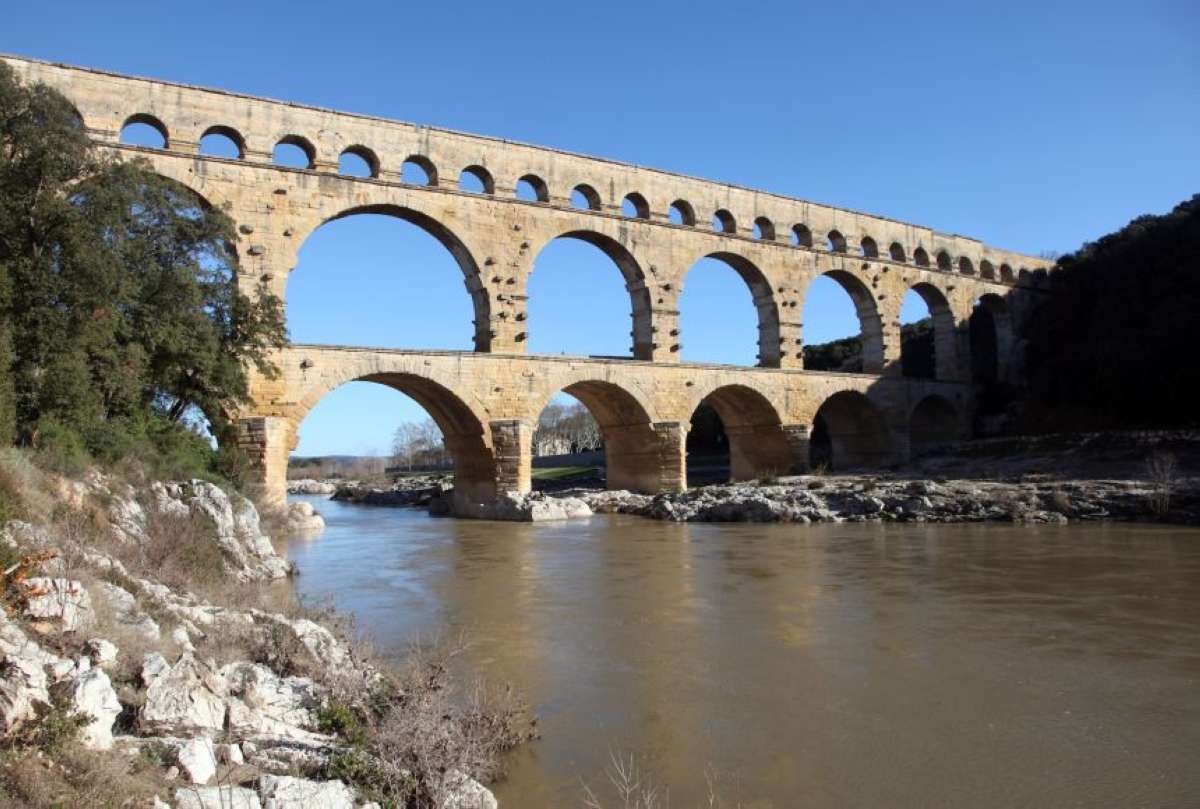Civil engineers conceptualize, design, construct, and maintain the complex infrastructure that any society relies on to support its needs, ranging from the indispensable, such as shelter and water, to comforts such as entertainment facilities.
In ancient times, construction projects included pyramids, aqueducts, and amphitheaters. Today, they include churches, mosques, or temples of great size; airports and subway systems; electrical generation plants with hydo, wind, solar, fossil fuel, or nuclear power sources; and roller coasters, ski lifts, theaters, and sports arenas.



The Ferris Wheel, for example, was invented for the 1893 Chicago World’s Fair by civil engineer George Ferris. In the future, civil engineers may be called upon to build structures in space or on the moon. Civil engineers also work to protect the environment we live in so that it remains clean and safe.

Civil engineers are engaged in projects related to preventing erosion, air pollution, and contamination of underground or surface water, as well as minimizing solid waste.
The construction of complex water systems in the USA and other developed countries has ensured that most water is free from bacteria and water-borne diseases, a significant factor in the health and longevity of our population today, which was one of the great challenges of civil engineering of a century ago.
In fact, a “developed” country is partly defined by the fact that it has extensively applied modern civil engineering, along with communications and electronic engineering and other science and technology disciplines.
1. Bachelors’ Degree in Civil Engineering
Supporting a healthy and productive society requires development of a complex infrastructure based on the fundamentals of mathematics, chemistry, physics, biology, geology, and economics. Therefore, civil engineers, who apply these sciences to their profession, require expertise in a broad range of subjects. They major as undergraduates in college in a department of civil engineering (often called Department of Civil and Environmental Engineering) with a broad range of required courses, and with a modest emphasis in a sub-discipline such as geotechnical or structural engineering.
2. Masters’ Degree in Civil Engineering
The master’s degree is commonly obtained by civil engineers today to better prepare them for their careers, and in graduate school the specialization is much greater: A graduate student in civil engineering may specialize in structural or geotechnical engineering, for example, or in water resources or transportation engineering. The student receiving a doctoral degree (PhD or the equivalent DSc degree) specializes even more.

Several or all of the following civil and environmental sub-disciplines may collaborate to complete the various stages of any given project. The constituent disciplines, or subdisciplines, of civil engineering, include:
- Construction Engineering
- Environmental Engineering
- Geotechnical Engineering
- Structural Engineering
- Transportation Engineering
- Water Resources Engineering
- Earthquake Engineering
- Building and Surveying Engineering
- Architectural Engineering
- Material Engineering
- Municipal Engineering
- Coastal Engineering or Marine Engineering
- Tunnel Engineering
Civil engineering is the design, implementation, and maintenance of public works. This involves facilities and structures such as arenas, large scale monuments, government buildings, transportation routes as well as other structures. Engineers will either work for the city or for a private firm that has been hired by the city. Some civil engineers work in the private sector on projects for independent companies.
If you liked this article, then please do share it on the Social Media. If you have a question or suggestion? Then you may leave a comment below to start the discussion.
